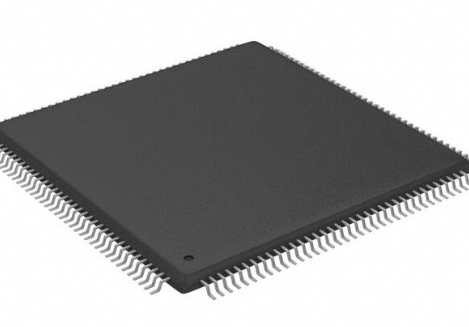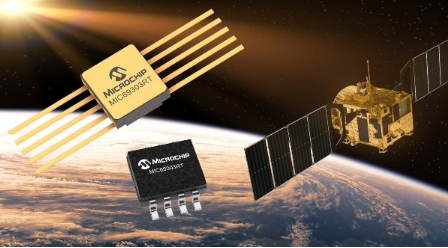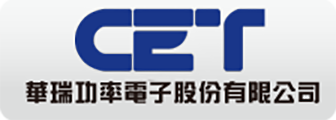- Ameya360 Component Supply Platform >
- Trade news >
- Microchip to Buy Microsemi for $8.35 Billion
Microchip to Buy Microsemi for $8.35 Billion
SAN FRANCISCO — Microchip Technology plans to acquire Microsemi Corp. for about $8.35 billion in cash under the terms of a definitive agreement announced Thursday (March 1).
The deal would significantly expand Microchip's presence in several end markets, including the communications and aerospace and defense markets, which make up about 60 percent of Microsemi's sales. Microchip said the acquisition would expand its serviceable market by about $18 billion to more than $50 billion.
The combined company would have annual sales of about $5.8 billion, based on each firm's revenue in the fourth quarter of 2017.
"Microchip continues to view accretive acquisitions as a key strategy to deliver incremental growth and stockholder value," said Steve Sanghi, Microchip's chairman and CEO, in a press statement. "The Microsemi acquisition is the latest chapter of this strategy and will add further operational and customer scale to Microchip."
The acquisition would further an unprecedented run on large mergers and acquisitions in the semiconductor space. Though the total value of semiconductor industry acquisitions declined to about $27.7 billion last year from $107.3 billion in 2015 and $99.8 billion in 2016, according to market watcher IC Insights, the market remains hot for consolidation.
Two deals, both involving Qualcomm, are currently on the table. Qualcomm's $44 billion acquisition of NXP Semiconductors is awaiting approval from Chinese antitrust regulators. Broadcom's $117 billion bid to acquire Qualcomm is likely to be decided by a proxy vote at Qualcomm's annual stockholder meeting next week.
Under the terms of the deal, which was unanimously approved by each firm's board of directors, Microchip will pay $68.78 for each share of Microsemi, a premium of about 7 percent over Microsemi's stock price of $64.30 at the close of the market Wednesday. The deal has an enterprise value of about $10.15 billion including about $1.8 billion in debt on Microsemi's books.
Microchip said it expects the deal to result in about $300 million in synergies by the third year after the deal closes. Sanghi said that Microchip doesn't plan to divest any portion of Microsemi's business after closing the deal.
Microsemi (Mission Viejo, Calif.) was founded in Southern California in 1960. Since the 1980s, the company has grown substantially through acquisitions. In this decade alone, Microsemi has acquired at least 15 companies, including PMC-Sierra in 2016, Vitesse Semiconductor in 2015, a portion of Maxim Integrated Products' business in 2012, Zarlink Semiconductor in 2011 and Actel Corp. in 2010.
Microsemi had sales of $1.8 billion in 2017.
Online messageinquiry
- Week of hot material
- Material in short supply seckilling
| model | brand | Quote |
|---|---|---|
| BD71847AMWV-E2 | ROHM Semiconductor | |
| CDZVT2R20B | ROHM Semiconductor | |
| MC33074DR2G | onsemi | |
| RB751G-40T2R | ROHM Semiconductor | |
| TL431ACLPR | Texas Instruments |
| model | brand | To snap up |
|---|---|---|
| ESR03EZPJ151 | ROHM Semiconductor | |
| IPZ40N04S5L4R8ATMA1 | Infineon Technologies | |
| BP3621 | ROHM Semiconductor | |
| TPS63050YFFR | Texas Instruments | |
| STM32F429IGT6 | STMicroelectronics | |
| BU33JA2MNVX-CTL | ROHM Semiconductor |
- Week of ranking
- Month ranking
Qr code of ameya360 official account
Identify TWO-DIMENSIONAL code, you can pay attention to


Please enter the verification code in the image below:

























